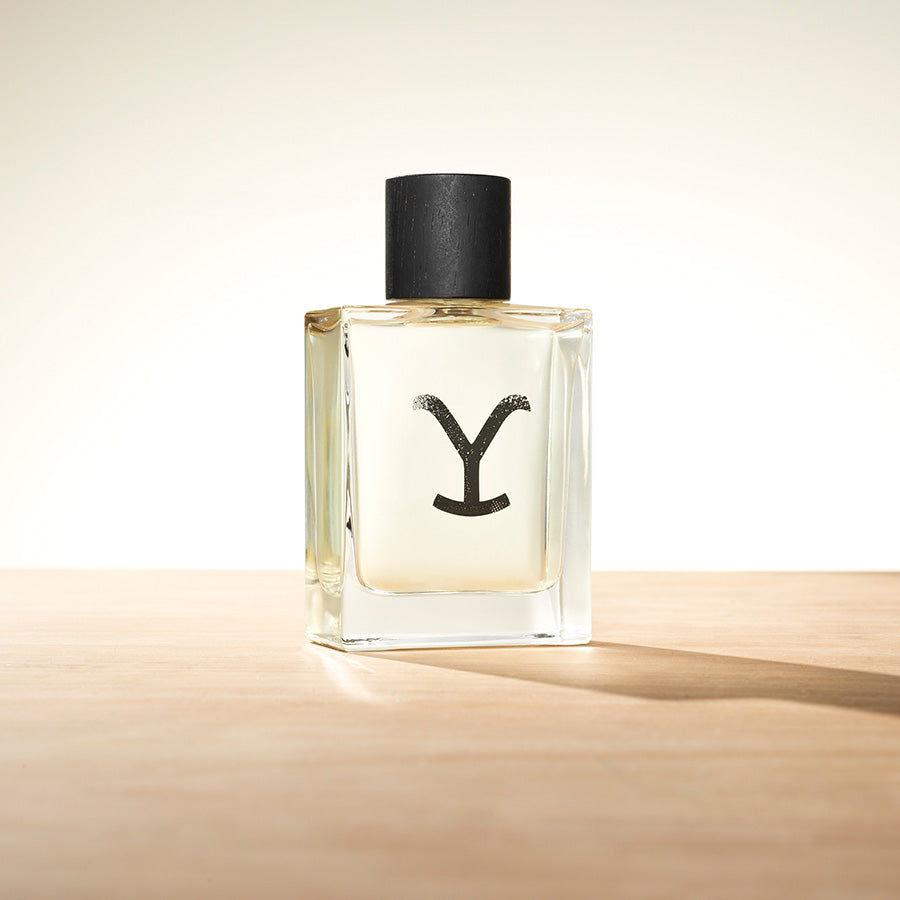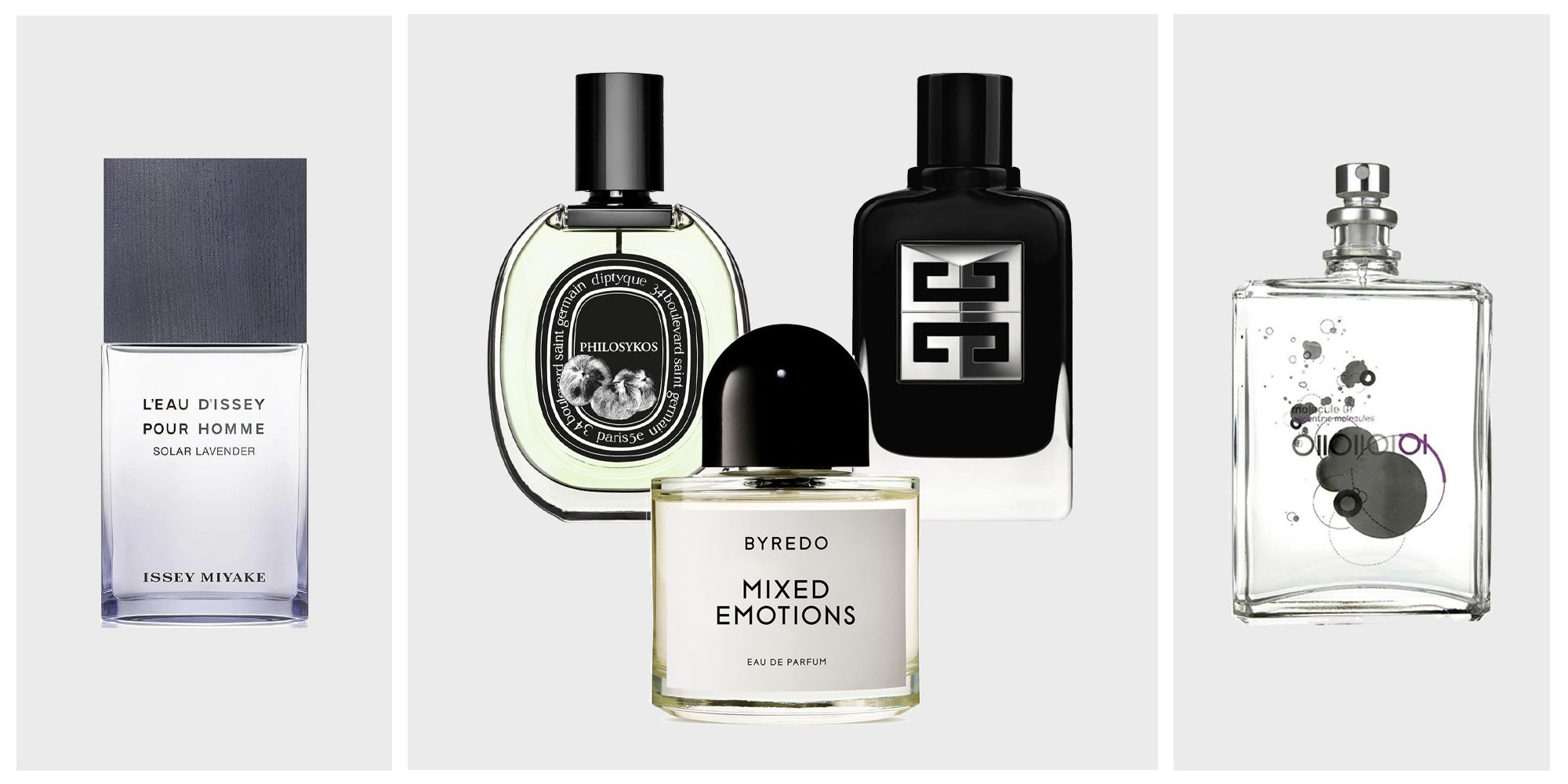Ideal Perfumes for Springtime 2024: Fresh Aromas for the Period
Ideal Perfumes for Springtime 2024: Fresh Aromas for the Period
Blog Article
From Traditional to Modern: A Trip With the Development of Perfumes and Fragrance Trends
As we stand at the threshold of perfumery's rich history, the trip from timeless to contemporary scents bids us to witness the detailed tapestry of aromas woven via time. The evolution of fragrances and scent fads mirrors the ever-changing landscape of social norms, artistic movements, and technical advancements. From the old origins of perfumery to the sophisticated technologies these days, each period has actually left its unique mark on the olfactory globe. Join us as we start a fascinating trip via the realms of aroma, discovering just how the past continues to form the fragrant present and future.
Historic Origins of Perfumery
The historical origins of perfumery can be mapped back to ancient worlds such as Egypt, Mesopotamia, and China, where great smelling oils and incense were made use of for religious ceremonies, routines, and personal accessory. In ancient Egypt, perfumes held considerable cultural and spiritual value, with scents like cedarwood, incense, and myrrh being generally utilized. The Egyptians likewise established innovative methods for extracting vital oils from plants and blossoms, laying the structure for contemporary perfumery.
The popular Impressive of Gilgamesh, one of the earliest surviving works of literature, even discusses the relevance of perfumery. The Chinese additionally developed ingenious techniques for mixing scents, which later influenced perfumery techniques in various other parts of the globe.
These ancient people not just valued the enjoyable scents however also acknowledged the spiritual and symbolic importance of perfumes, paving the method for the evolution of perfumery through the ages.

Development of Classic Fragrances
Having developed a rich historical structure rooted in ancient civilizations, the advancement of traditional fragrances showcases the long-lasting influence and technology that have specified perfumery in time. Timeless fragrances, such as Chanel No. 5, Shalimar by Guerlain, and Joy by Jean Patou, have actually stood the test of time by exciting generations with their ageless scents. These legendary scents typically feature a harmonious mix of leading, center, and base notes, developing complex olfactory experiences that stimulate nostalgia and sophistication.
The advancement of classic scents is marked by a balance in between tradition and modernity. While these ageless aromas maintain their original significance, perfumers constantly adjust to changing preferences by incorporating modern twists. Traditional scents have motivated numerous contemporary creations, acting as a foundation for the development of new scent accounts and combinations.
In today's market, timeless fragrances stay popular among customers that appreciate the beauty and elegance related to these renowned fragrances. As perfumery proceeds to advance, timeless fragrances function as a pointer of the withstanding appeal and artistry that define the globe of perfumes.

Influence of Modern Innovations
A remarkable change in the fragrance sector has been pushed by the integration of modern-day developments, improving the landscape of perfumery with innovative techniques and active ingredients. Developments in biotechnology have enabled for review the development of artificial versions of all-natural fragrances, giving perfumers with a broader series of choices to deal with. Molecular purification techniques have actually allowed the extraction of purer and more focused essences, leading to the advancement of longer-lasting fragrances.
Moreover, the use of synthetic knowledge and maker learning algorithms has actually changed the procedure of scent production by analyzing customer choices and market fads to forecast the following preferred scent notes. In addition, lasting practices have actually come to be a vital emphasis in modern-day perfumery, with an expanding emphasis on environment-friendly sourcing, manufacturing, and product packaging.
Shifting Fads in Fragrance Industry
In the middle of the dynamic landscape of the fragrance industry, noticeable changes in consumer preferences and market characteristics are shaping the trajectory of perfumery trends. One noteworthy trend is the rising need for environment-friendly and sustainable fragrances. Customers are ending up being much more ecologically conscious, leading to a preference for fragrances made from natural components and sustainable production techniques.
In addition, there is an expanding interest in gender-neutral and unisex fragrances as traditional sex norms continue to obscure. Brand names are increasingly concentrating on producing scents that interest a diverse variety of identifications and preferences, reflecting the advancing social attitudes in the direction of gender and uniqueness.
In terms of scent profiles, fresh and clean scents are acquiring appeal, mirroring the modern preference for minimalism and simpleness. On the other hand, complicated and exotic scents influenced by various cultures and areas are likewise making a mark in the market, accommodating consumers seeking immersive and unique olfactory experiences.
Checking Out Olfactory Experiences Today
In the realm of contemporary perfumery, the expedition of olfactory experiences today dives into a varied tapestry of fragrances that mesmerize the senses with development and virtuosity. Modern perfumers are pushing limits by including non-traditional notes and special mixes to create olfactory masterpieces that interest a vast array of preferences.
One famous fad in current olfactory experiences is the increase of particular niche scents. Read Full Report These specialized scents accommodate individuals seeking exclusive and distinctive perfumes that establish them in addition to mainstream offerings. Specific niche fragrances typically concentrate on premium active ingredients and workmanship, offering users with a feeling of deluxe and individuality.
Furthermore, sustainability and eco-consciousness have become integral to contemporary olfactory experiences. Perfume houses are increasingly prioritizing environmentally pleasant techniques, from sourcing active ingredients morally to making use of recyclable product packaging - perfumes. Customers are drawn to fragrances that not only smell beautiful but also line up with their values of sustainability and obligation
Final Thought

As we stand at the limit of perfumery's rich history, the trip from classic to modern-day fragrances bids us to witness the complex tapestry of scents woven via time. Traditional fragrances, such as Chanel No (perfumes). 5, Shalimar by Guerlain, and Pleasure by Jean Patou, have stood the test of time by exciting generations with their classic fragrances. Timeless fragrances have motivated countless contemporary developments, offering as a foundation for the development of new scent accounts and mixes
Furthermore, the usage of synthetic knowledge and machine knowing formulas has actually transformed the procedure of scent creation by evaluating customer preferences and market patterns to forecast the next prominent fragrance notes. As trends shift and new aromas arise, the trip via the development of fragrances uses a look right into the vibrant nature of the fragrance industry and the enduring appeal of scent exploration.
Report this page